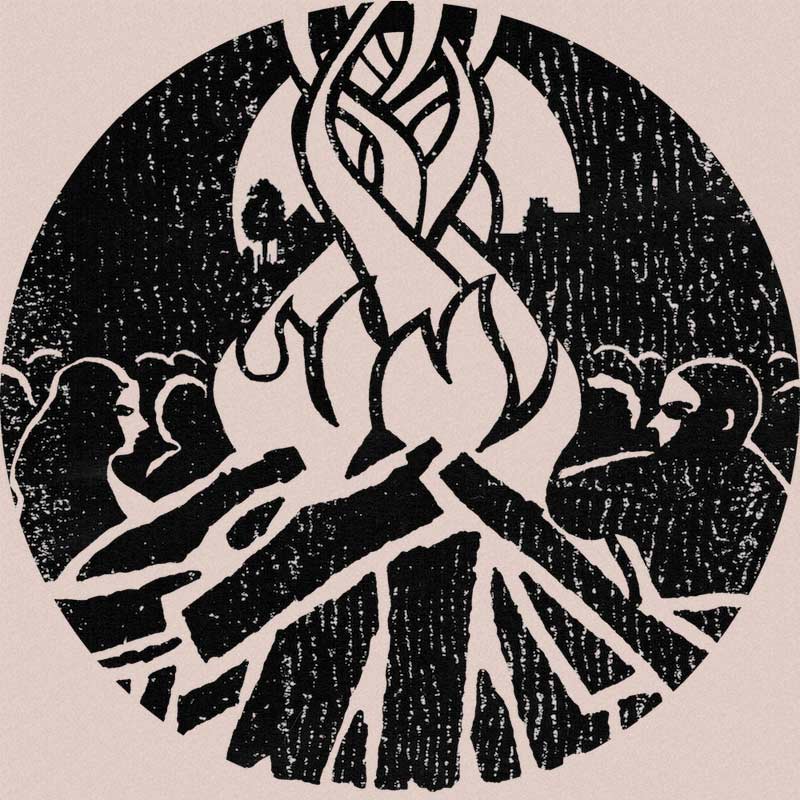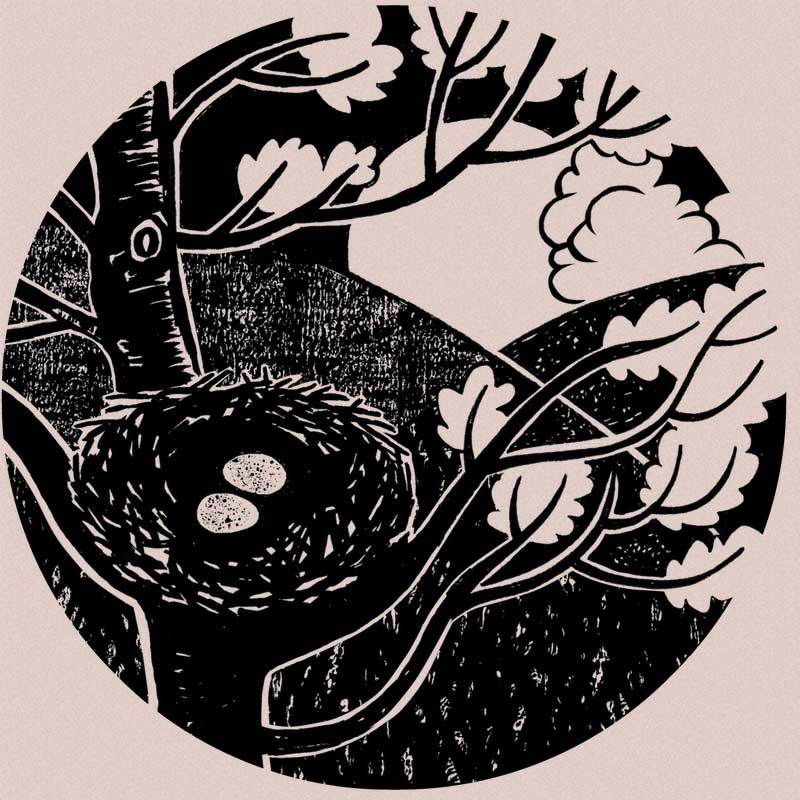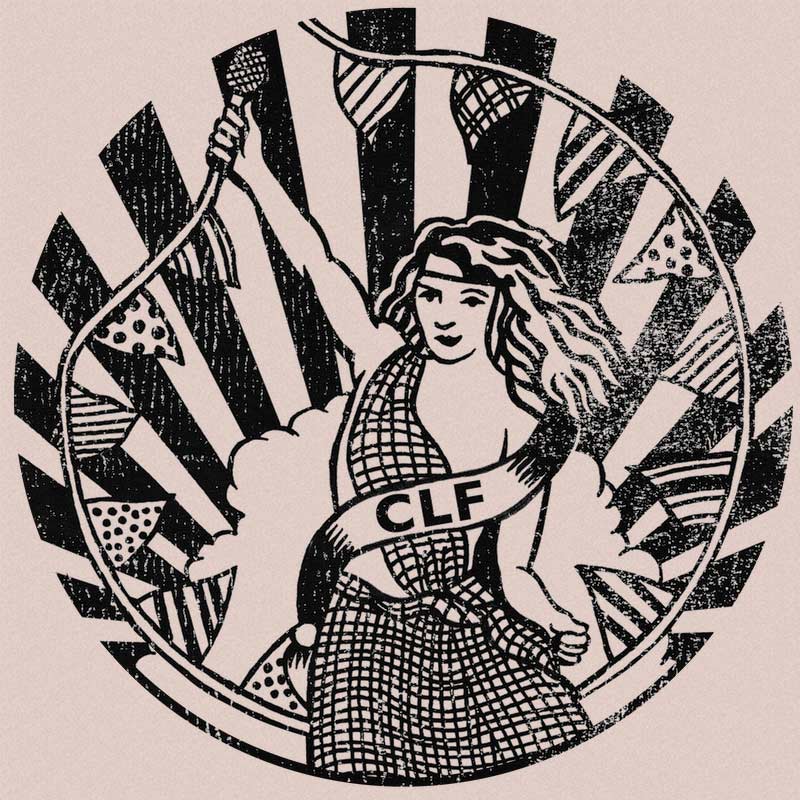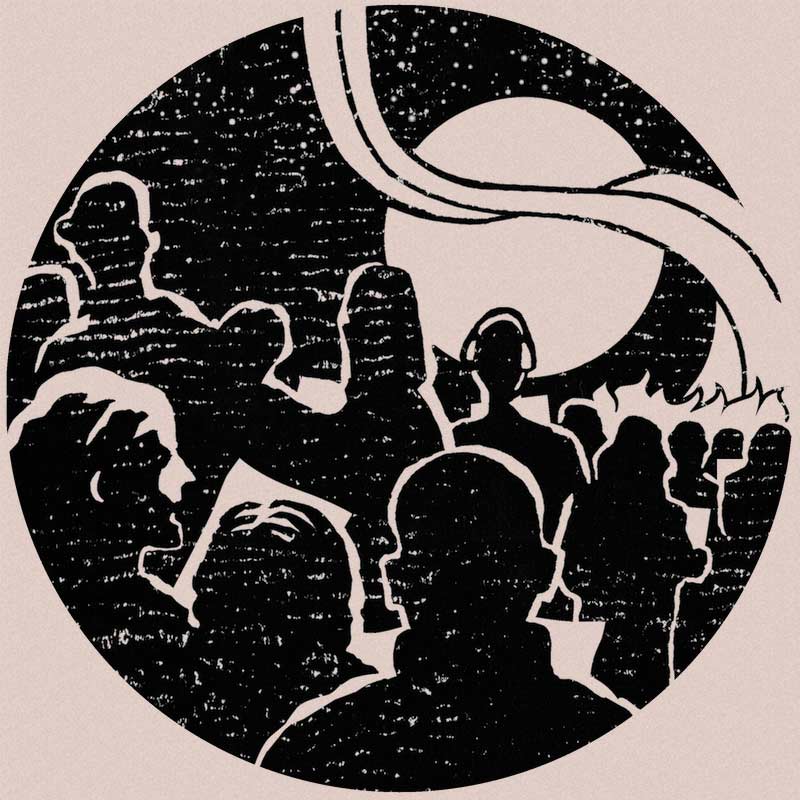17 October, 2023
Ahead of our Halloween Ceilidh, we thought we’d delve into the ancient traditions celebrated at this time of year…
The tradition of All Hallows’ Eve originated with the ancient Celtic festival of Samhain, celebrated from October 31st to November 1st. Samhain was a time to welcome in the harvest and usher in ‘the dark half of the year’; it was believed that in this time barriers between the spirit realm and the physical world would break down allowing spirits to wander the Earth.
Over time, Halloween evolved into a day of activities like trick-or-treating, carving jack-o-lanterns, festive gatherings, donning costumes and eating treats.

Fun Facts and traditions:
One theory on the origins of ‘trick or treating’ is that it stems from the Christian practice of ‘souling’. On the 1st November (All Saint’s Day) children would go from house to house offering prayers in return for Dirge Loaves (Soul Cakes).
The traditional Halloween colours, orange and black, can be traced back to Samhain in Celtic tradition, black represented the death of summer and orange symbolised the Autumn harvest season.
Many people might think of pumpkins when they think of Halloween. But before pumpkins it was more common to carve faces to ward off spirits into turnips! That way the lamps could be carried around, rather than being left outside your house.
The role of bonfires in Halloween was originally to light the way for spirits to enter the afterlife, though this tradition has now been replaced by lighting candles.
Samhain marked the end of the final harvest of the summer, and all apples had to have been picked by the time the day’s feasting began or else ‘the pucca’ (evil Irish fairies) spat on any unharvested apples to make them inedible.
Immigrants from Ireland and Scotland took many of these Halloween customs to North America in the 19th Century.



